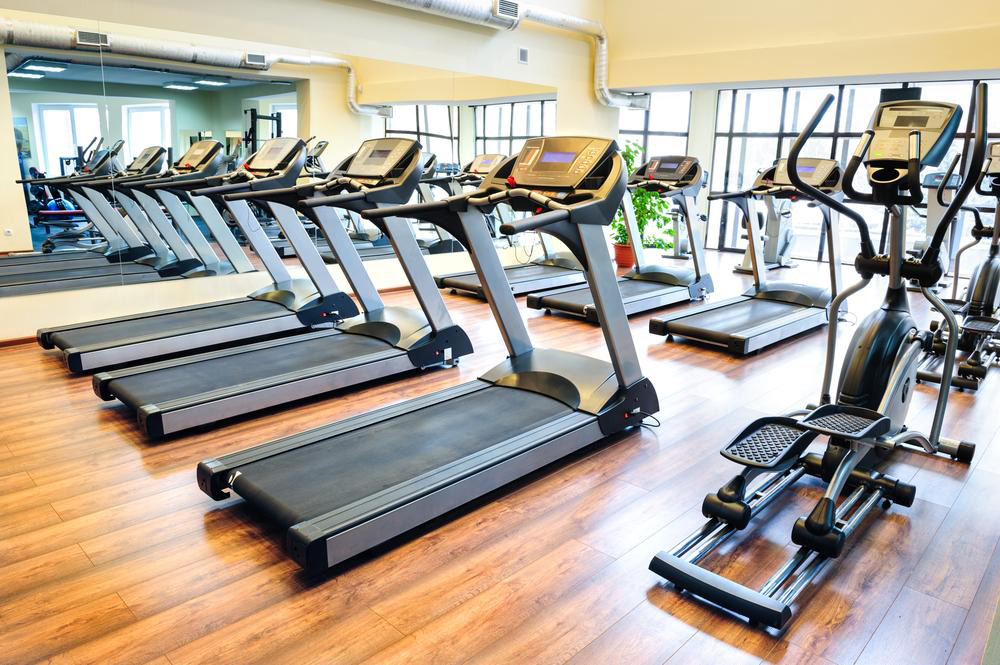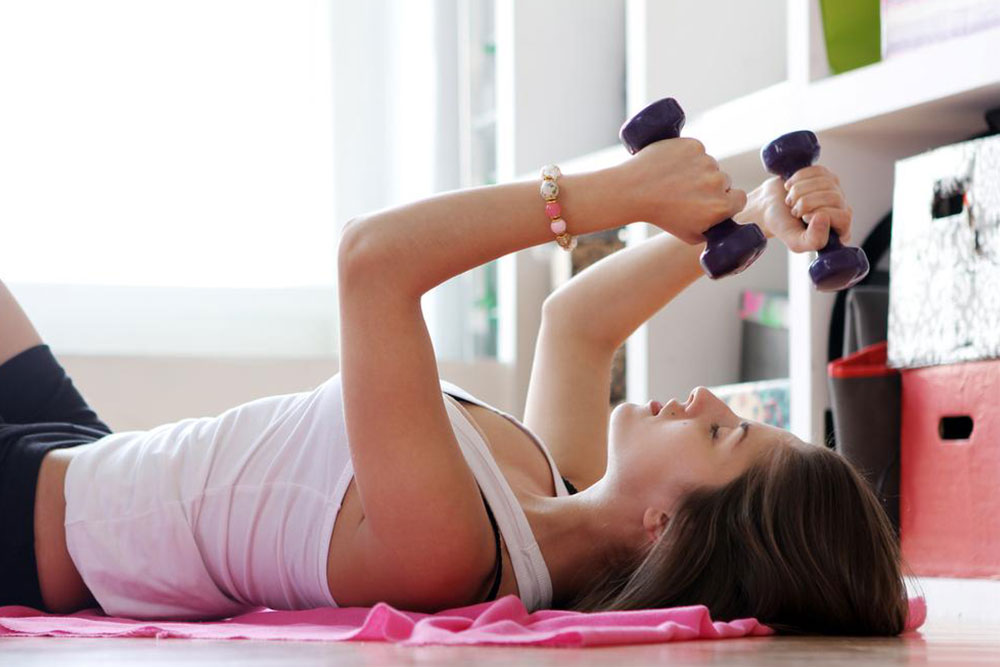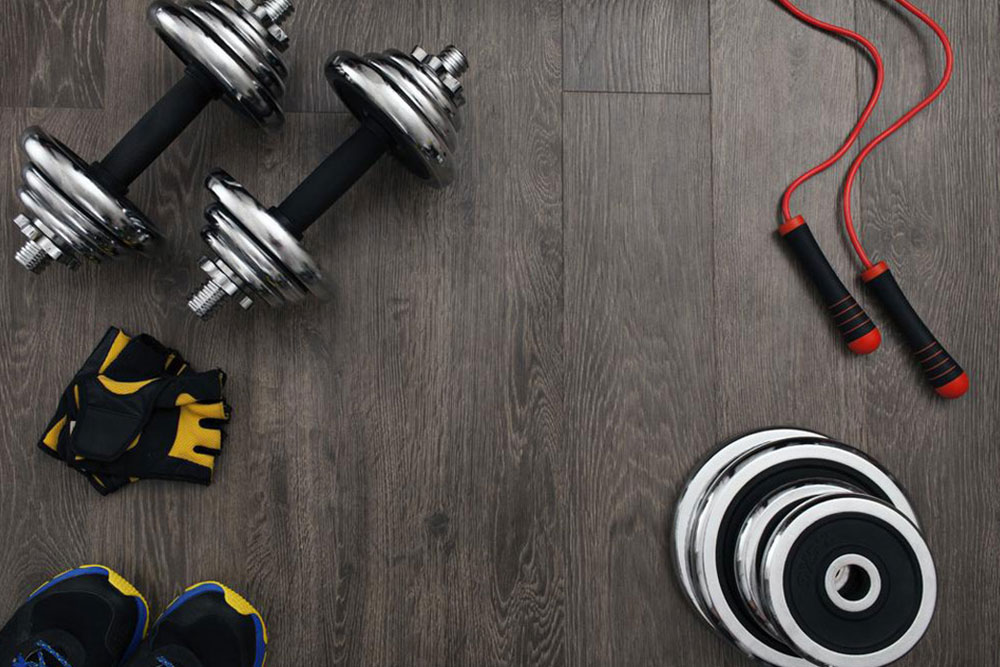Essential Home Workout Equipment Maintenance Tips for Longevity and Safety
Maintaining your home workout equipment is essential for its longevity, safety, and optimal performance. This detailed guide provides practical tips, including consulting user manuals, lubricating moving parts, cleaning, inspecting components, and ensuring proper alignment. Regular upkeep prevents costly repairs and injuries, enabling you to enjoy your fitness routine without interruption. With simple routines and proactive care, your home gym equipment will serve you well for years, supporting your health goals efficiently and safely.

Essential Home Workout Equipment Maintenance Tips for Longevity and Safety
Maintaining your home gym equipment is crucial for ensuring longevity, optimal performance, and safe workouts. Investing in fitness machines like treadmills, stationary bikes, and weight benches offers convenience, but proper upkeep is necessary to prevent breakdowns and injuries. Fortunately, with systematic and straightforward maintenance routines, you can keep your exercise gear in excellent condition without much hassle. This comprehensive guide explores essential tips and best practices for maintaining your home workout equipment, helping you maximize your fitness investment over the years.
Start with the User Manual
Every piece of exercise equipment comes with an instruction manual—this is your primary resource for understanding specific maintenance needs. The manual provides crucial information including recommended cleaning procedures, lubrication points, safety precautions, and troubleshooting tips. If the physical manual has been misplaced or lost, most manufacturers provide digital versions online. Downloading and reviewing these instructions ensures you are performing maintenance correctly, thereby prolonging the lifespan of your equipment and avoiding avoidable damage. Familiarize yourself thoroughly with the manual to understand maintenance intervals and safety warnings that are specific to your fitness machine.
Regular Lubrication of Moving Parts
One common cause of equipment malfunction is friction within moving components. Applying appropriate lubricants, such as silicone spray or machine oil, is essential for devices like treadmills, elliptical machines, and stationary bikes. A good rule of thumb is to lubricate moving parts approximately once a month or as recommended by the manufacturer. Proper lubrication reduces wear and tear, prevents squeaking noises, and ensures smooth operation. Pay special attention to belts, rollers, pulleys, and joints, following the specific instructions in your manual about which parts need lubrication and the types of lubricants suitable for your machine.
Keep Your Equipment Clean
Sweat, dust, and dirt are common culprits that can degrade your equipment over time. Regular cleaning helps prevent the buildup of grime that can affect surface materials and mechanical parts. Use a soft cloth or microfiber towel with mild soap or a gentle cleaner to wipe down handlebars, seats, consoles, and handles after each workout. For plastic and vinyl surfaces, avoid harsh chemicals that may cause cracking or fading. For metal parts, a damp cloth followed by dry polishing is effective. Deep cleaning weekly or biweekly ensures that dust and sweat don’t compromise your equipment's function or appearance, and it also maintains hygiene—integral to a healthy workout environment.
Inspect and Tighten Pedals and Accessories
Pedals, handles, and other moving accessories are subject to repeated use, which can lead to loosening over time. Weekly inspections of pedals should be routine; look for any signs of looseness or wobbling. Tighten bolts and nuts as needed using the appropriate tools to prevent accidents or injuries during exercise. Loose pedals or handles can cause imbalance, leading to falls or strained muscles. Additionally, check resistance bands, cables, and straps for signs of fraying or damage. Replace any worn or damaged parts immediately to ensure safety and functionality. These small checks can significantly reduce the risk of workout-related injuries.
Perform Routine System Checks
Regular inspections of your equipment help catch potential problems before they worsen. Visually examine the structure for cracks or corrosion, and test the stability of the frame. Inspect electrical components, wiring, and display panels for signs of damage or malfunction. Pay close attention to cables, resistance cords, and electronic sensors; frayed wires or loose connectors should be repaired promptly. Many issues can be fixed with simple adjustments or replacements, but ignoring them may lead to costly repairs or safety hazards. Create a maintenance schedule—monthly or quarterly—to systematically review each aspect of your equipment, ensuring all parts function correctly and safely.
Correct and Adjust Equipment Positioning
Proper alignment and positioning of components like handlebars, seats, and consoles are vital for safe and comfortable workouts. Misaligned parts can cause discomfort, incorrect posture, or injury over time. Periodically check that all adjustable elements are correctly set according to your height and exercise preferences. Follow the manufacturer’s guidelines for adjusting seats and handlebars, ensuring they lock securely into place. Maintaining proper positioning also helps keep noise levels low and prevents undue strain on mechanical parts. Take time to readjust and realign as needed, especially after moves or significant use, to optimize performance and safety.
In conclusion, regular maintenance of your home workout equipment not only extends its lifespan but also ensures your safety and enhances workout effectiveness. Incorporating simple steps such as consulting your manual, lubricating moving parts, keeping the equipment clean, inspecting components, and maintaining correct alignment creates a routine that prevents costly repairs, breakdowns, and injuries. Staying proactive with maintenance makes your fitness journey smoother and more enjoyable, allowing you to focus on reaching your health goals without interruption. Investing a little time into upkeep now pays off through reliable performance and durability for years to come. By following these comprehensive maintenance tips, you’ll ensure your home gym remains a safe, efficient, and enjoyable space for all your fitness routines.




